Design It For Mobile
- More than 53% of global website traffic is generated through mobile phones. In North America, 30% (and climbing) of mobile web users are mobile-only. Sites should be purpose-built for mobile screens.
- Small screen sizes force ruthless decision-making: prioritizing the most important items down to the least during the design process yields a stronger UX overall.
- Keep in mind capabilities that are unique to mobile: GPS, direct dial, gestures, others.
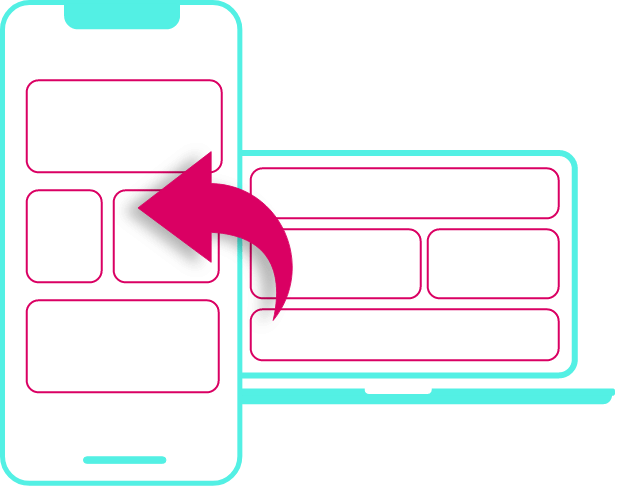
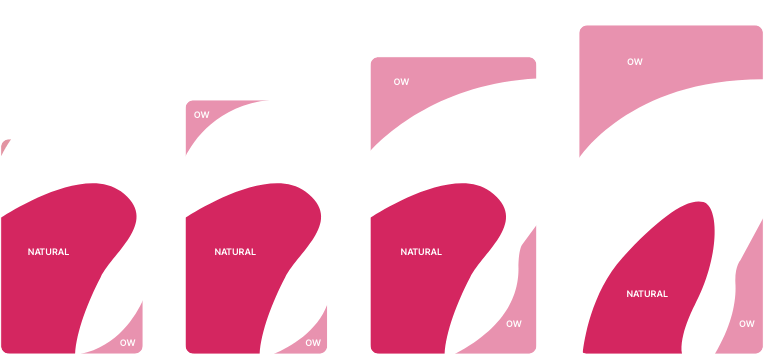
Keep The Thumb Zone In Mind
Nearly 50% of smartphone tasks are executed with one hand - not cradled, and not two-handed.
Navigation should be adapted for the thumb to reach all, or most, parts of the screen
Use Responsive Design
- A website should trigger the same emotions and reactions on every screen. Responsive design maintains a consistent experience across all devices.
- Second screen-ready.
- Search engine-friendly.
- Future-proof (vs. new hardware releases).

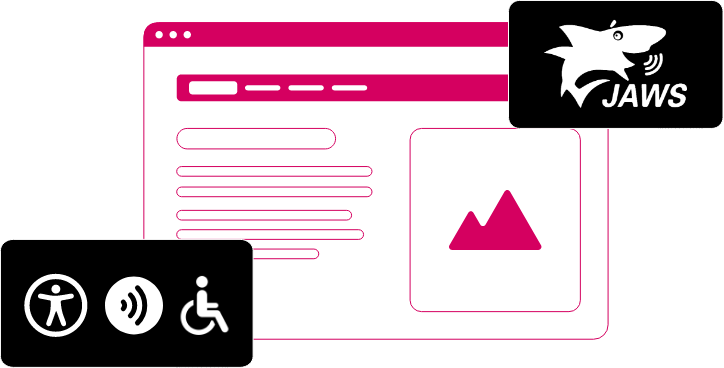
Accessibility Matters
It’s the law in many places:
- 16% of North Americans have a disability.
- Website accessibility is the law in many places in North America and Europe, including Ontario.
- Many companies now design to WCAG 2.1 AA.
It’s good business:
- 70% of customers will leave a website that doesn’t meet their accessibility needs.
- Coding for accessibility standards also benefits abled users by mitigating noisy environments & screen glare.
- Between disabled, aging and situational users, accessible design can improve user experiences (and conversion) for more than 40% of your online audiences.
Is your website compliant?
- Run a fast online verification here: https://achecker.ca/checker/
- Or you can ask the Government of Ontario if you are based in the province: https://www.aoda.ca/aoda-website-accessibility-audit

Responsive + Accessible = Conversion-Centric
A UX leveraging both responsive and accessible design will ensure all users, browsing from any device, and from any location will have a strong brand experience.
The goal is to provide a compelling brand experience irrespective of:
- Who the user is.
- Where they are.
- What device they are using.
Conversion-centric UX design results in:
- Higher time spent on site.
- Lower bounce rates.
- Less user effort.

Robust Site Search
A robust site search makes information easily accessible for users.
There are several approaches to consider, and helps drive conversion.
- Predictive Search (example - Google) enhances the UX by suggesting search terms as the user types. It decreases typing and allows users to reach information faster.
- Filtered Search (example - Amazon) allows user multiple options for what or where to search for an item within the site.
- Featured/Suggested Search (example - B & H Photo Video) highlights specific items across several categories, and can also include a variety of rich content, such as images.
Interaction Design
A carefully-crafted and compelling interaction design enables users to have an enjoyable - and intuitive - site.
Done right, interaction design is a seamless surprise & delight experience.
- Guided motion features gentle nudges, swipes, and animations as the user scrolls.
- Parallax effects use multiple backgrounds which seem to move at different speeds to create a sensation of depth.


SEO Ready
Creating SEO success for a website is a complex process that touches on every part of a site’s build: content creation, design and coding:
Organize content in clear silos:
- Always consider headlines, tagline, body copy and keywords with a pages’s content.
- Make sure all (or most) content is accessible within 2 cliks of the Higher placement in a site’s structure illustrates priority and importance.
- Structure URLs in an obvious way to make it easy for search engines to index content.
- Don’t forget to create a complete and effective sitemap (and a 404 page).
Large Photography
Large images, that take up most of the initial load area, are the biggest trend in site design over the past 2 years.
They create great visual impact.
Quality images are a must to pull this off properly.

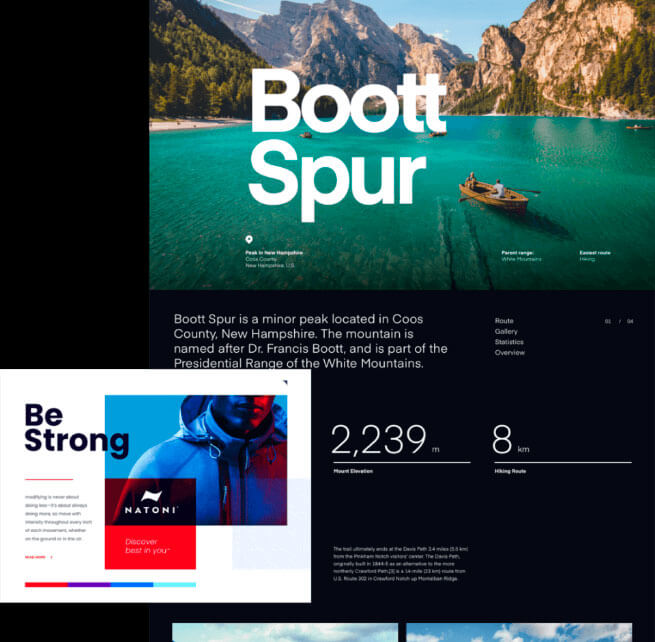
Bold Typography & Copy
Typography should have a purpose and be scannable.
Users don’t want to read large blocks of copy. They want to get at the information they are looking for without having to spend more than a few seconds looking for it.
Copy should:
- Be clear.
- Guide users down the right path.
- Be scannable.
Go Easy On Carrousels
Although rotating image carousels (a.k.a. sliders) are a popular design device on many sites, they can hinder conversion.
- Content delivered through carousels, although deemed important by site owners, is often missed by users, because of banner blindness: users often believe sliders look like ads, and have an aversion to clicking on them - often on content that is not first in the rotation.
- Users can also be distracted by too much movement on the page - and annoyed when they sense losing perceived control of the user experience from images shifting automatically.
Much better to use a single image that features content of high importance - or even better, a video.
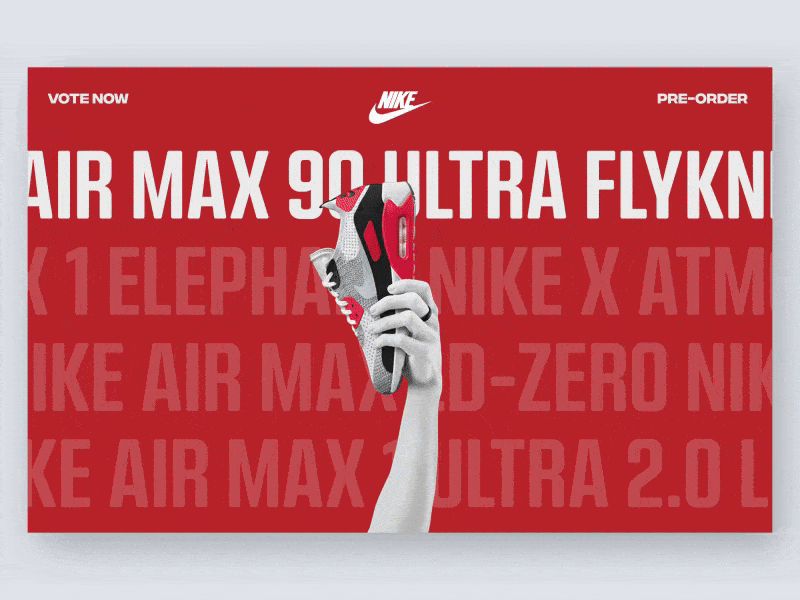
IF YOU HAVE ANY QUESTIONS OR NEED HELP WITH ANY DIGITAL PROJECTS PLEASE CONTACT US.

